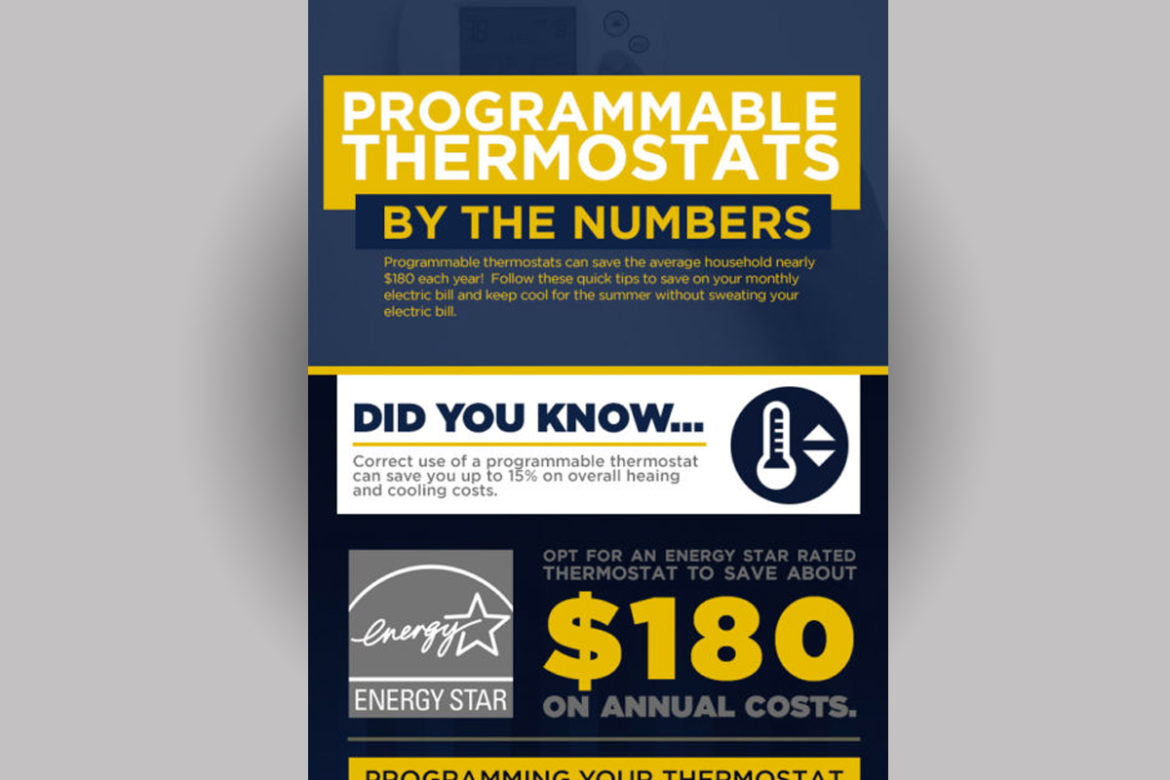A Comprehensive Introduction For Beginners On The Fundamentals Of Warmth Pumps: Comprehending Their Operation
A Comprehensive Introduction For Beginners On The Fundamentals Of Warmth Pumps: Comprehending Their Operation
Blog Article
Web Content By-Astrup Gertsen
If you've ever before wondered about the inner workings of heatpump, comprehending the fundamentals can give insight right into their efficient procedure. By grasping just how heatpump use a cooling agent to transfer heat, you can value their capacity to both warm and cool your room properly. But what exactly makes these systems tick and how do they take care of to maintain your home comfortable year-round? Let's untangle the enigma behind these versatile home heating and cooling down services, clarifying the essential components and principles that drive their performance.
Just How Warm Pumps Feature
When it concerns understanding how heatpump operate, it's essential to grasp the fundamental concept behind their procedure. Heatpump work by moving warmth from one area to an additional using a cooling agent. They can draw out heat from the air, water, or ground outside your home and afterwards disperse it inside throughout the colder months.
In the summer season, the process is reversed to get rid of warm from inside your home and release it outside, acting as an air conditioning unit.
The key element that enables heat pumps to feature is the cooling agent. This fluid continually cycles in between a liquid and a gas state, taking in and launching warmth as it moves via the system.
The compressor plays a vital function in pressurizing the cooling agent to boost its temperature, making it capable of transferring heat effectively.
Recognizing best heat pump installers of heat pumps provides understanding into how they successfully heat and cool your home by utilizing the principles of thermal energy transfer.
Elements of a Heatpump
To much better understand the internal functions of a heatpump, it is very important to acquaint yourself with its vital elements. A heat pump includes four almosts all: the evaporator, compressor, condenser, and expansion valve.
The evaporator, situated inside your home, soaks up heat from the air inside your home. This taken in warmth is after that moved to the refrigerant streaming through the coils.
The compressor, often positioned outdoors, pressurizes the cooling agent, increasing its temperature. The warm, pressurized gas then moves to the condenser, where it releases warmth to the outside air.
As the refrigerant cools, it turns back right into a liquid state. The development shutoff manages the circulation of the refrigerant, lowering its stress and temperature prior to it goes back to the evaporator to begin the cycle again.
Comprehending linked site is critical to realize how a heat pump effectively heats up and cools your space.
Heat Pump Operation Principles
For a heatpump to successfully regulate the temperature in your house, it operates on the concept of moving heat in between the inside your home and outdoors. Heat pumps make use of refrigerant to absorb warmth from the air outside and release it inside throughout chillier months for heating.
When it's warm inside and you require cooling, the heatpump reverses this procedure, eliminating warm from indoors and launching it outside. This procedure is feasible as a result of the heatpump's parts like the compressor, evaporator coil, condenser coil, and growth valve interacting to promote the warm transfer.
The compressor plays an important function in pressurizing the cooling agent, while the coils aid with the warm exchange. As the refrigerant cycles with these parts, it alters state from a liquid to a gas and back once again, carrying warmth with it each time.
Understanding these fundamental principles of heat pump operation can assist you appreciate how this system effectively provides both home heating and cooling for your home.
Final thought
Since you recognize the fundamentals of how heatpump function, you can appreciate the efficiency and adaptability they provide for heating and cooling your home. Keep in mind, heatpump draw out heat from the air, water, or ground to keep you cozy in winter months and cool in summertime. With parts like the evaporator, compressor, condenser, and growth shutoff interacting, heatpump supply a reputable and energy-efficient option for your HVAC needs.
